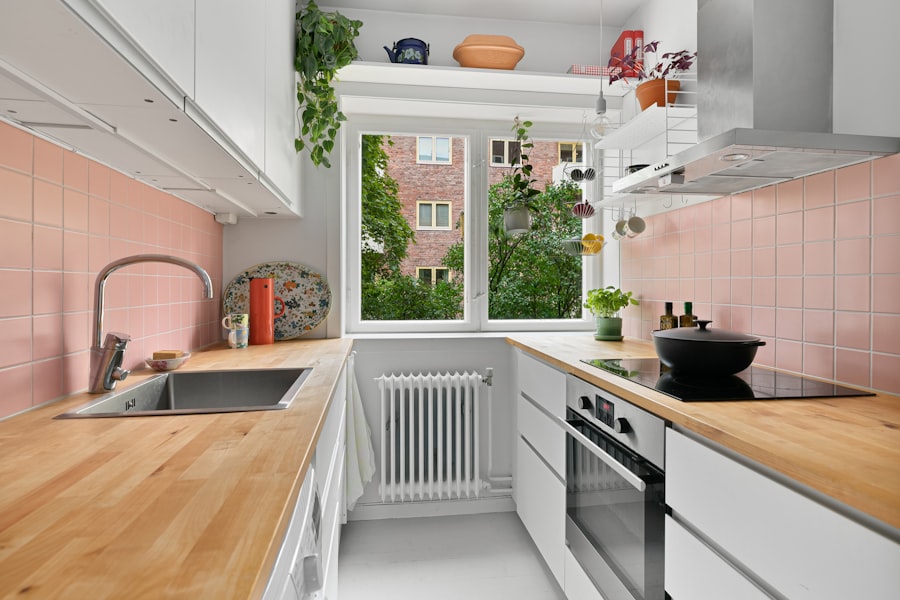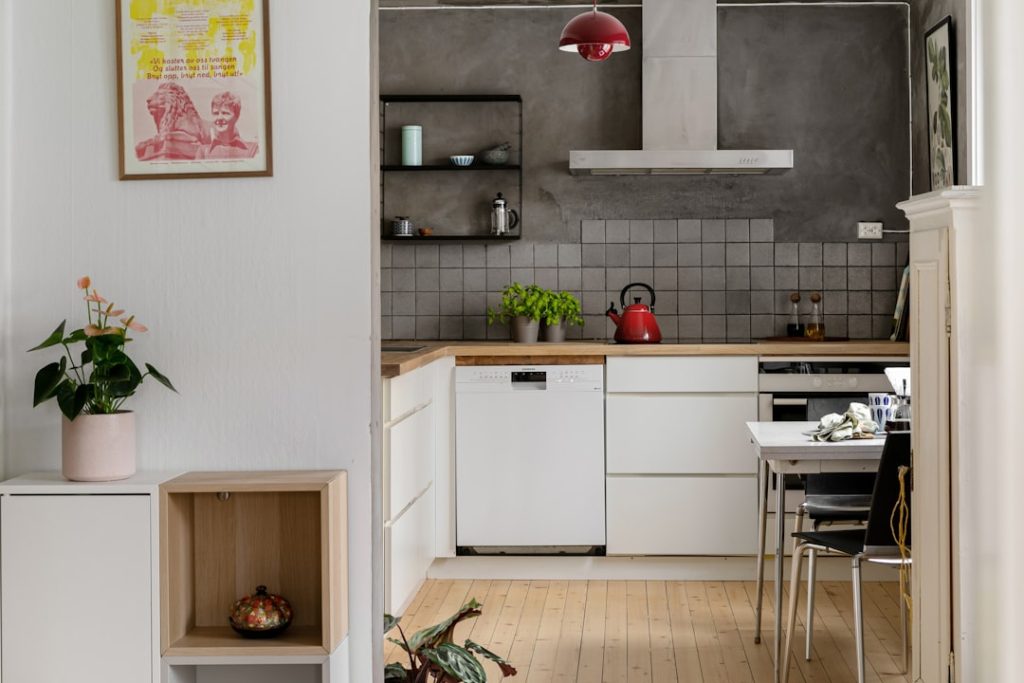The initial consultation is a pivotal moment in any renovation or construction project, serving as the foundation upon which the entire endeavor is built. During this phase, homeowners meet with designers, architects, or contractors to discuss their vision, needs, and budget. This meeting is not merely a formality; it is an opportunity for both parties to align their expectations and establish a clear understanding of the project scope.
Homeowners should come prepared with ideas, sketches, or even inspiration boards that reflect their desired aesthetic and functional requirements. This exchange of information allows professionals to gauge the feasibility of the project and offer insights based on their expertise. Design planning extends beyond mere aesthetics; it encompasses functionality, space optimization, and compliance with local building codes.
Professionals often utilize advanced design software to create 3D renderings that help clients visualize the end result. This technology allows for adjustments to be made in real-time, ensuring that the design aligns with the homeowner’s vision while also adhering to practical constraints. During this phase, discussions about layout, materials, and potential challenges are crucial.
For instance, if a homeowner desires an open-concept kitchen but the existing structure poses limitations, the design team can propose alternative solutions that maintain the spirit of the original vision while addressing structural realities.
Key Takeaways
- Initial consultation and design planning are crucial for a successful renovation project, as they set the foundation for the entire process.
- Carefully selecting high-quality materials and appliances is essential for achieving a durable and visually appealing result.
- Hiring skilled labor and ensuring proper installation is key to avoiding future issues and maintaining the integrity of the renovation.
- Obtaining necessary permits and passing inspections is a non-negotiable step to ensure compliance with building codes and regulations.
- Unexpected costs can arise during a renovation, so having a contingency budget in place is important for managing these surprises.
Materials and Appliances
Selecting materials and appliances is a critical step in the renovation process that significantly impacts both aesthetics and functionality. The choice of materials can influence everything from the overall look of a space to its durability and maintenance requirements. For example, when renovating a kitchen, homeowners might choose between granite, quartz, or laminate countertops.
Each material has its own set of advantages and disadvantages; granite offers natural beauty and durability but requires regular sealing, while quartz provides a non-porous surface that is easier to maintain but may lack the unique patterns found in natural stone. Appliances also play a vital role in the renovation process. Energy-efficient models not only contribute to a modern aesthetic but can also lead to significant savings on utility bills over time.
For instance, opting for Energy Star-rated appliances can reduce energy consumption by up to 50% compared to standard models. Homeowners should consider their cooking habits and lifestyle when selecting appliances; for example, a family that frequently entertains may benefit from a double oven or a larger refrigerator with advanced features like smart technology that allows for remote monitoring and management.
Labor and Installation

Labor and installation are often the most significant components of any renovation project, encompassing everything from skilled craftsmanship to project management. Hiring qualified professionals is essential to ensure that the work is completed to high standards and within the agreed-upon timeline. This phase typically involves various tradespeople, including electricians, plumbers, carpenters, and general contractors, each bringing specialized skills to the table.
Homeowners should conduct thorough research when selecting contractors, checking references and past work to ensure they are hiring reputable professionals. The installation process itself can be complex and requires careful coordination among different trades. For example, in a kitchen remodel, plumbing must be installed before cabinetry can be fitted, and electrical work must be completed before appliances are connected.
Effective communication among all parties involved is crucial to avoid delays and ensure that each aspect of the project flows smoothly into the next. Additionally, homeowners should be prepared for potential disruptions during this phase; living in a construction zone can be challenging, so having a plan in place for temporary accommodations or adjustments to daily routines can help mitigate stress.
Permits and Inspections
| Permit Type | Number of Permits | Inspection Type | Number of Inspections |
|---|---|---|---|
| Electrical | 150 | Initial Inspection | 100 |
| Plumbing | 120 | Follow-up Inspection | 80 |
| Building | 200 | Final Inspection | 150 |
Navigating the world of permits and inspections is an essential aspect of any renovation project that cannot be overlooked. Most municipalities require permits for significant renovations to ensure compliance with local building codes and safety regulations. The process of obtaining these permits can vary widely depending on the scope of the project and local regulations.
Homeowners should familiarize themselves with their local laws and may need to submit detailed plans for approval before work can commence. This step is crucial not only for legal compliance but also for ensuring that the renovation meets safety standards. Inspections are typically conducted at various stages throughout the project to verify that work is being completed according to code.
For instance, after electrical or plumbing work is completed, an inspector may need to assess the installations before walls are closed up. Failing to secure necessary permits or pass inspections can lead to costly fines or even the requirement to redo work that does not meet code standards. Therefore, it is advisable for homeowners to maintain open lines of communication with their contractors regarding permit status and inspection schedules to avoid any surprises down the line.
Unexpected Costs and Contingency Budget
One of the most common challenges faced during renovation projects is unexpected costs that arise due to unforeseen circumstances. These can stem from various sources, such as hidden structural issues discovered during demolition or changes in material prices due to market fluctuations. For instance, if a contractor uncovers mold behind walls or outdated wiring that needs replacement, these issues can significantly increase project costs beyond initial estimates.
Therefore, it is prudent for homeowners to prepare for such contingencies by setting aside a contingency budget—typically around 10-20% of the total project cost. Having a contingency budget allows homeowners to address unexpected expenses without derailing the entire project. It provides a financial cushion that can absorb surprises while keeping the renovation on track.
However, it is essential for homeowners to communicate openly with their contractors about any changes or additional costs incurred during the project. Regular updates and transparent discussions about budget adjustments can help maintain trust between homeowners and contractors while ensuring that everyone remains aligned on project goals.
Project Timeline and Delays

Establishing a realistic project timeline is crucial for managing expectations throughout the renovation process. A well-defined timeline outlines key milestones and deadlines for each phase of the project, providing a roadmap for both homeowners and contractors. However, it is important to recognize that delays can occur due to various factors such as weather conditions, supply chain issues, or labor shortages.
For example, if a shipment of tiles is delayed due to transportation issues, it can push back installation schedules and affect subsequent phases of the project. To mitigate potential delays, homeowners should maintain flexibility in their timelines while also holding contractors accountable for progress. Regular check-ins can help identify any emerging issues early on, allowing for proactive solutions rather than reactive measures later in the process.
Additionally, understanding that some delays are beyond anyone’s control can help homeowners remain patient during what can be a stressful time. By fostering open communication with contractors about timelines and potential setbacks, homeowners can navigate delays more effectively while keeping their renovation goals in sight.
Additional Services and Upgrades
As renovation projects progress, homeowners may find themselves considering additional services or upgrades that were not part of the original plan. This could include enhancements such as custom cabinetry, upgraded lighting fixtures, or even smart home technology integration. While these additions can elevate the overall quality of the renovation, they also require careful consideration regarding budget and feasibility.
Homeowners should weigh the benefits of these upgrades against their initial goals and financial constraints. For instance, incorporating smart home technology—such as programmable thermostats or automated lighting systems—can enhance convenience and energy efficiency in a newly renovated space. However, these upgrades may require additional wiring or infrastructure changes that could impact both budget and timeline.
It is essential for homeowners to discuss potential upgrades with their contractors early in the process to assess how they fit into the overall project scope without causing significant disruptions or delays.
Return on Investment and Long-Term Cost Savings
When embarking on a renovation project, many homeowners are keenly aware of the potential return on investment (ROI) associated with their improvements. Certain renovations tend to yield higher returns than others; for example, kitchen remodels often recoup a significant portion of their costs upon resale due to their appeal to prospective buyers. According to various studies conducted by real estate organizations, kitchen renovations can recoup anywhere from 60% to 80% of their costs depending on factors such as location and quality of materials used.
In addition to immediate ROI considerations, long-term cost savings should also be factored into renovation decisions. Energy-efficient upgrades—such as high-efficiency windows or insulation—can lead to substantial savings on heating and cooling costs over time. Similarly, investing in durable materials may reduce maintenance expenses in the long run.
Homeowners should consider both short-term gains and long-term benefits when evaluating their renovation choices; this holistic approach ensures that they make informed decisions that align with both their immediate needs and future financial goals.



